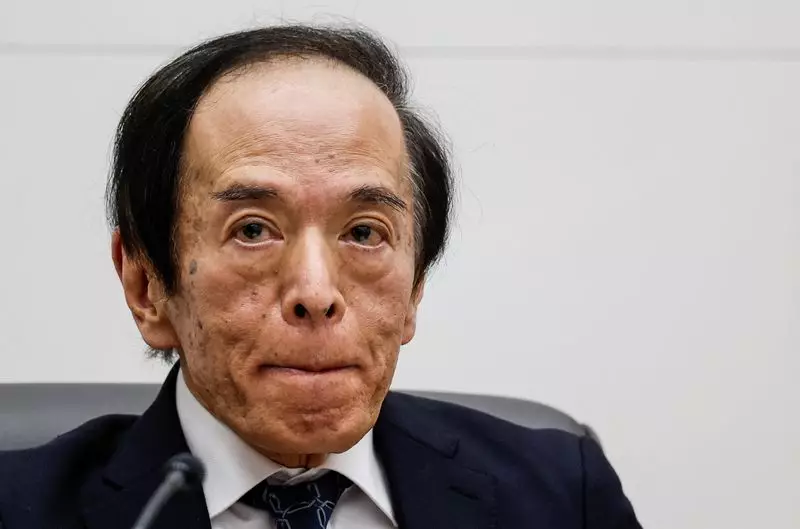Kazuo Ueda, the Governor of the Bank of Japan (BOJ), recently discussed the prospects of the Japanese economy in a speech delivered on Monday. He highlighted the nation’s progress towards achieving a stable, wages-driven inflation model. However, the details surrounding a potential interest rate hike left economists and market participants searching for clarity. Ueda’s remarks underscore the evolving economic landscape in Japan, as external factors and domestic developments continue to shape the BOJ’s monetary policies.
The Japanese economy is at a pivotal stage, characterized by rising inflationary pressures largely driven by a declining yen. This depreciation increases the cost of imports, contributing to the overall inflation rate. Ueda reiterated that the rate hikes observed earlier in the year were predicated on Japan’s trajectory towards its inflation target of 2%. The BOJ finally moved away from negative interest rates in March, subsequently raising the short-term policy rate in July. This indicates a growing confidence in Japan’s economic recovery, elevating expectations for sustained inflation linked to rising wages.
Ueda’s cautious rhetoric about future interest rate adjustments was met with market reactions that could be seen as both optimistic and uncertain. Following his speech, the dollar appreciated by 0.4% against the yen, reflecting traders’ recalibrations of their positions in light of what they perceived as insufficient signals for an imminent December rate hike. Such shifts illustrate the sensitivity of currency markets to central bank communications, highlighting the intricate connection between BOJ policy and global financial dynamics.
Market analysts and participants maintain a moderate outlook, implying approximately a 55% likelihood of a quarter-point rate hike during the BOJ’s upcoming meeting in December. This shows that while uncertainty lingers, there is still significant anticipation concerning potential adjustments to monetary policy. Moreover, a recent poll suggested that most economists anticipate a rise in rates by the end of March, emphasizing the expectations that underpin market behavior.
Ueda also expressed confidence in the robustness of internal economic conditions. With Japan’s firms raising prices for both goods and services, there appears to be a shift toward a more sustainable inflation model driven by domestic demand rather than external costs. This shift is critical as it emphasizes the importance of wages keeping pace with inflation, creating what Ueda describes as a “positive cycle” of increasing income leading to higher consumption.
However, amidst this domestic progress, the BOJ remains acutely aware of external risks that could derail recovery efforts. This includes uncertainties regarding the U.S. economic outlook and potential geopolitical friction. Ueda’s careful wording suggests a dual focus on supporting domestic economic growth while remaining vigilant to external shocks. He acknowledged the rising prospects for a soft landing in the U.S. economy, but also highlighted the need for caution due to the potential for renewed market volatility.
Implications for Future Policy
Looking forward, Ueda’s statements signal a strategic positioning of the BOJ, leaving the door open for potential rate hikes while simultaneously preparing for different economic scenarios. By adopting a wait-and-see approach, the BOJ aims to evaluate whether current inflationary trends can be maintained and whether wage growth will continue to thrive amidst global pressures.
The central bank’s path is indeed fraught with challenges. As Ueda noted, the ongoing evaluation of global economic conditions will play a critical role in shaping Japan’s monetary policy landscape. With the interplay between domestic stability and external influences being crucial, the BOJ finds itself at a crossroads where informed decisions will be paramount for safeguarding Japan’s economic well-being.
While the BOJ is seemingly on the right path towards achieving a sustainable economic environment, the nuances of policy adjustments require careful navigation. Ueda’s remarks encapsulate this complexity, providing insights into the delicate balance between fostering internal growth and managing external uncertainties. As the December meeting approaches, the market’s anticipation of the BOJ’s next steps serves as a microcosm of broader trends influencing Japan’s economic recovery.

